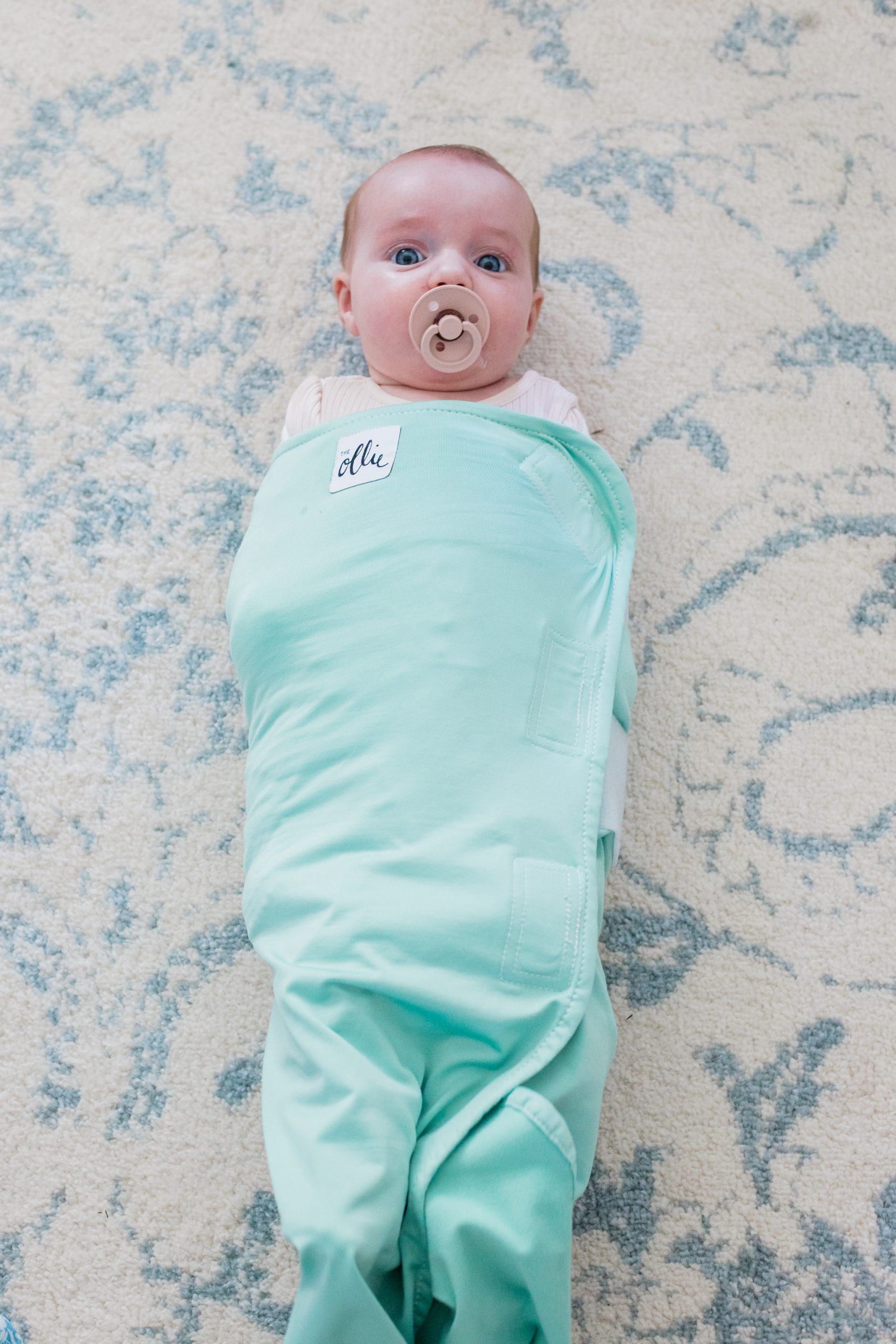Here’s Why Skin to Skin is So Essential
Research shows getting skin-to-skin contact with your baby at birth, and thereafter, is ripe with benefits for both mom and baby. Still, there can be barriers in hospitals and birthplaces that inadvertently block this excellent opportunity. Even after you’re safely home with baby, well-meaning friends, family and every day activities can sometimes interrupt this important time.
Snuggling skin-to-skin with baby on your chest right after birth helps:
- Stabilize baby’s body temperature
- Regulate their heart rate, breathing and blood sugars by reducing stress
- Enhance bonding
- Reduce postpartum depression risks
- Minimize newborn crying while boosting their sleep
Most of all, skin-to-skin care is shown to help start and boost breastfeeding. In fact, your baby’s keen sense of smell at birth will guide them to your breast to begin nursing. This stimulates your milk supply and promotes longer breastfeeding times.
SEE ALSO: The Importance Of Skin To Skin
Going Skin-to-Skin with Baby
With all of these amazing benefits, what’s a well-intentioned mom to do? Your baby has thrived on your connection for 9-plus months; skin-to-skin care is the natural extension of that continued connection following labor and birth. Baby goes through a period of activity that lasts up to 30 minutes after birth; holding baby skin-to-skin during this time helps start and continue breastfeeding. Your nurses are committed to encouraging skin-to-skin care and bonding; ask for their help to get started.
And use these 9 top tips from nurses that lead to more skin-to-skin care:
#1. Set the skin-to-skin expectation before birth
During prenatal care, discuss your plan to do skin-to-skin care and nursing at birth with your pregnancy care provider. Ask to have baby placed on your chest at birth—this helps decrease any miscommunication risks at baby’s birth. Tell extended family and friends about the importance of this one-on-one time with baby immediately following birth; this will help them understand your requests for uninterrupted care.
SEE ALSO: Keeping Baby Safe from the Start
#2. Advocate for your choice
When you share the benefits of skin-to-skin care with others, you become a better advocate for yourself and your baby, and you’re better able to communicate your preferences and requests with your health care providers. If baby is born early, ask how you may be able to practice this care in the Neonatal Intensive Care Unit (NICU).
#3. Communicate your plans to everyone helping you birth
Explain that you want baby placed skin-to-skin with you at birth, and that baby will stay in your room with you at all times. Unless complications arise that disrupt this opportunity, most nursing and other care can either be delayed or done with baby resting on your chest.
#4. Practice skin-to-skin care after cesarean
While going skin-to-skin with baby after a cesarean is less common, for many moms it’s possible and is starting to become more popular. Ask to have baby placed on your chest in the operating room while your incision is closed. Gentle cesarean is an emerging practice that helps promote skin-to-skin care at birth; ask if your birthing facility offers this.
#5. Request all tests and procedures be done at your bedside
Before baby goes home, they will undergo newborn screening. Ask to have these activities done while baby reclines on your chest, skin-to-skin with you. This helps relax baby and reduce any stress or pain from these procedures. If your baby has to go to another location for these activities, ask to accompany baby.
#6. Have your partner and others practice skin-to-skin
If you’re not well enough to hold baby post-birth, request that your partner or another person go skin-to-skin with baby. This is a great practice to keep going once you’re home; everyone in the family can share the benefits of skin-to-skin bonding with baby.
SEE ALSO: Considering Circumcision
#7. Keep visitors to a minimum
Allow for as much uninterrupted skin-to-skin time after delivery as possible to increase bonding and boost breastfeeding. Limit visitors during your initial recovery. Birth can be exhausting! Relish this private, intimate time of recovery and bonding. Your nurses can help you; many hospitals now post signs on recovery room doors alerting both staff and visitors to mom’s desire for uninterrupted care and bonding time.
#8. Normalize breastfeeding
Stand up for your right to nurse your child. All 50 states have laws that protect mothers from shame or harassment while breastfeeding. As more women practice and advocate for breastfeeding, it will be easier for others.
#9. Practice skin-to-skin even if you’re not breastfeeding
For all of the other reasons regular skin-to-skin care is important, practice it from birth even if you’re not planning on nursing your child.
,












